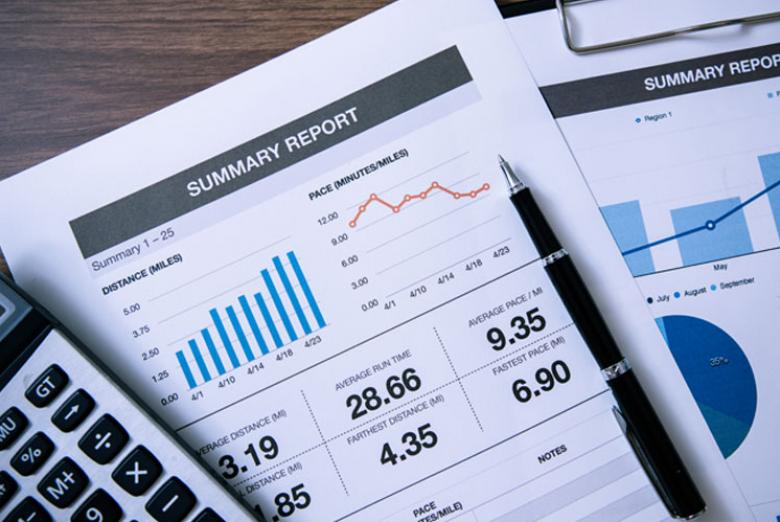You are more experienced now, your bank account is larger, and it is easier to think further ahead.

As an investment strategy, "Buy and Hold" is just what it sounds like: you buy an investment and hold it for an extended period, riding out market fluctuations and selling when the price reaches your target. The underlying logic of this strategy is that investments tend to gain value over time. That long-term gain, along with compound capital gains growth, can work to increase your initial deposit and provide you with a valuable asset for your future.
Buy and Hold is a passive investing style used by those who believe that "time in the market" is a more prudent approach than "timing the market." Among those investors is Warren Buffet, who acquired much of his fortune on the principle of Buy and Hold. "The money is made in investments by investing and by owning good companies for long periods of time. " Buffett has said.1 "If [people] buy [stock in] good companies, buy them over time, they're going to do fine 10, 20, 30 years from now."
The key is to own companies whose profits rise over time and to continue to own those investments as long as the profit growth and outlook for those specific investments continues to be favourable. As Buffet has said, in the short run the investment markets are voting instruments (ruled by emotion and short-term thinking) while in the long run (5-10- years plus) they are counting machines (where you count your steadily growing wealth through capital gains and dividends).3
Barry D. Moore2 of The Liberated Stock Trader, notes that a Buy and Hold investment strategy will win over the long-term. Still, it requires tenacity and the right mindset (and emotional courage), especially during periods of market volatility. "If you get scared during a crisis and cash in, you will miss out on the bargains of a lifetime at the bottom of the crash." Moore also suggests that investors be informed by history. "There has never been a 20-year period since 1945, where a Buy and Hold investor has not made significant gains."
The significant advantage of Buy and Hold is that it tends to perform well over longer time horizons. Other benefits of this investment strategy can include:
Long term capital gains and dividends are taxed lower than interest income and taxes are deferred until the asset is sold.
After you establish your strategic asset allocation, you just carry on and wait patiently for your investments to grow, with periodic portfolio rebalancing.
Another way to think about Buy and Hold is to apply this strategy to the asset classes that make up your portfolio mix. You will make an allocation to equities or stocks that you are committed to for the long term, but your investment manager may not keep the same companies forever. He\she will change the specific holdings over time as the profit outlook changes for each one. The key is to remain committed to equities as an asset class on a strategic portfolio allocation basis over the long term.
Finally, there are other factors to consider when designing your investment strategy.
Contact our office today to discuss your overall asset accumulation strategy.
Sources:
1. Warren Buffett: Buy, hold and don't watch too closely (2018). https://www.cnbc.com/2016/03/04/warren-buffett-buy-hold-and-dont-watch-too-closely.html
2. Is Buy and Hold A Good Strategy & How You Can Do It? (2020). https://www.liberatedstocktrader.com/buy-and-hold-stocks//
3. History of Warren Buffett comments on the Market as a "voting machine" etc. https://quoteinvestigator.com/2020/01/09/market/
Copyright © 2021 AdvisorNet Communications Inc., under license from W.F.I. All rights reserved. This article is provided for informational purposes only and is based on the perspectives and opinions of the owners and writers only. The information provided is not intended to provide specific financial advice. It is strongly recommended that the reader seek qualified professional advice before making any financial decisions based on anything discussed in this article. This article is not to be copied or republished in any format for any reason without the written permission of the AdvisorNet Communications. The publisher does not guarantee the accuracy of the information and is not liable in any way for any error or omission.